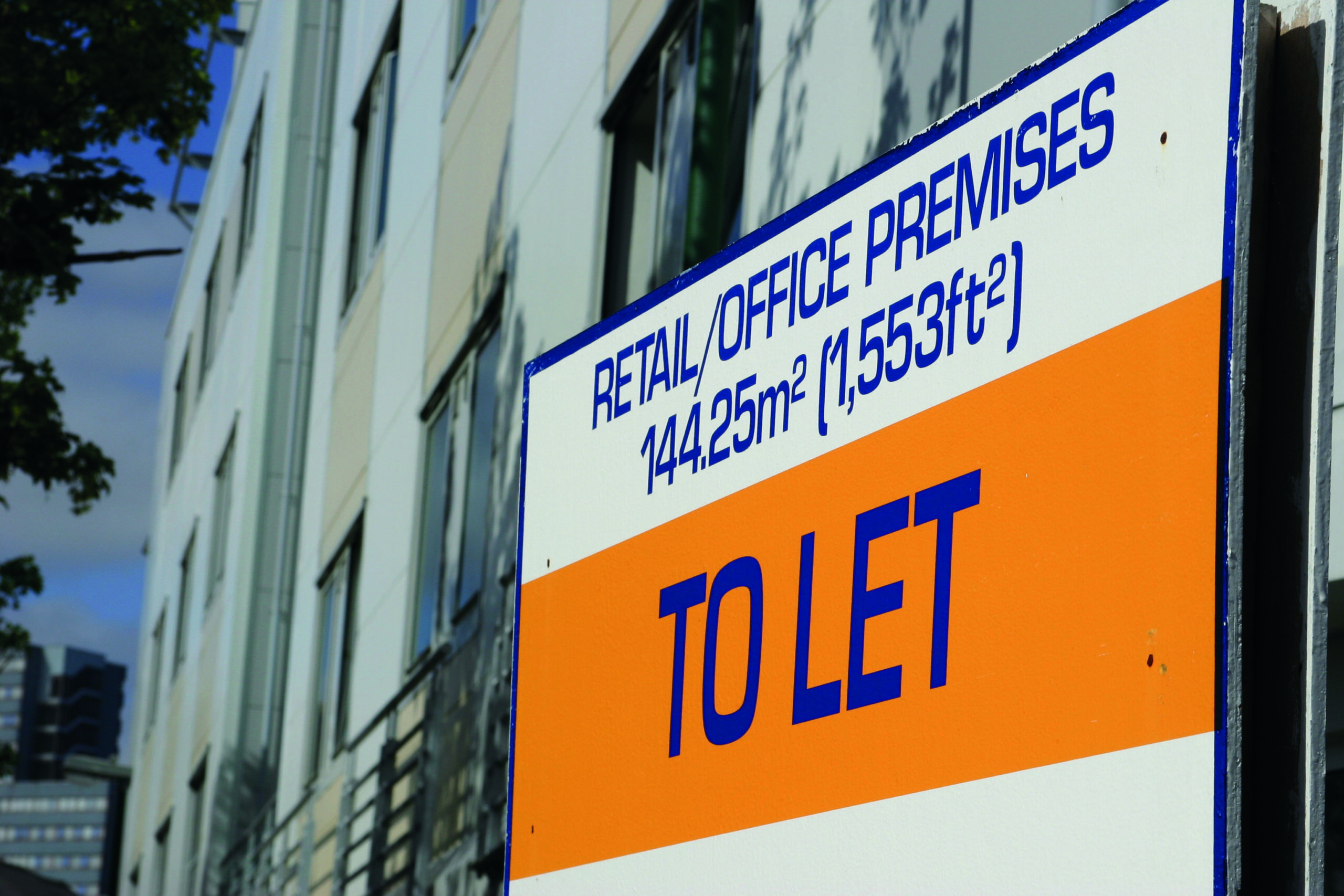The commercial real estate debt market is predicted to face a “reckoning” over the coming months as many loans reach maturity.
Heavy exposure to office buildings will cause problems in portfolios as losses start to be realised, according to Rich Byrne, president of Benefit Street Partners, which manages around $75bn (£59.3bn) of assets across a range of credit strategies.
“Banks tend to have at least 30 per cent of their commercial mortgage portfolios in offices,” he told Alternative Credit Investor. “There are a lot of office buildings that are going to be written down dramatically following the transition to working from home and hybrid working post-pandemic. That’s why banks have stopped lending; they’re managing liquidity.”
Read more: Ares backs fund targeting Australian commercial real estate debt
Byrne noted a lack of deals in the market and predicted that issues will start to occur over the next few quarters.
“That office exposure is a real value destroyer for a lot of lenders and the reckoning hasn’t even occurred yet,” he added. “I think it’s a slow-moving problem that will rock a lot of institutions that have that exposure.
“Some of the suburban offices could be particularly impacted, which could lead to entire loan amounts being lost.”
Last month, it emerged that bad commercial real estate loans have overtaken loss reserves at the largest US banks after a substantial rise in late payments linked to offices and shopping centres.
The average reserves at JP Morgan Chase, Citigroup, Goldman Sachs, Morgan Stanley, Bank of America and Wells Fargo, have fallen from $1.60 to 90 cents for every dollar of commercial real estate debt where the borrower is at least 30 days late, according to filings to the Federal Deposit Insurance Corporation.
The problems facing the commercial real estate sector are likely to materialise imminently due to the typical duration of these loans.
Most commercial real estate loans are ‘transitional loans’, a floating rate loan with a three-year maturity, rather than a 20- or 30-year loan with a fixed rate.
As a result, many of these transitional loans are maturing now.
“That’s really concerning because every time a public mortgage REIT reports results, the market is looking to see whether default rates have risen from office exposure,” said Benefit Street Partners’ Byrne.
He added that borrowers may struggle with rising rates, even if lenders are flexible after loans reach maturity.
“Lenders require borrowers to put in rate caps or hedges,” he said. “This means that the lender is getting additional income because rates are higher, but the borrower has not had to pay more as it has been hedged.
“However, these rate hedges don’t last forever, usually just until the maturity of the loan. With many of these loans maturing over the next six quarters, even if a lender is willing to amend and extend, borrowers will be facing higher rates.”
Ratings agency Morningstar DBRS said that news of the insolvency came at “already-challenging times for the CRE market, which is under pressure from higher borrowing costs and shifts in demand fundamentals, especially in the office and retail sectors.”
However, some industry stakeholders have suggested that there are still opportunities within commercial real estate debt.
Neil Odom-Haslett, head of private credit at investment firm Abrdn, said in a recent update that “with the exception of offices, the rebasing of real estate sector valuations has stabilised, leading to an attractive entry point – particularly for senior lenders.”
Abrdn has a negative outlook on both prime office and regional office spaces but is positive on industrial and logistics assets.
It said it has a “polarised approach” on retail, with supermarkets and well-let retail parks performing well, while secondary shopping centres and high street retail are expected to continue to struggle.
And KKR has said that there is a $500bn opportunity in the commercial real estate debt market as banks retrench from lending.

